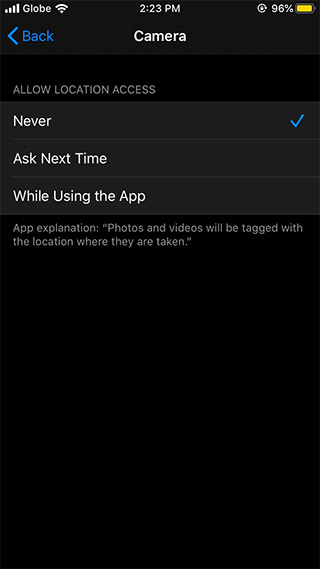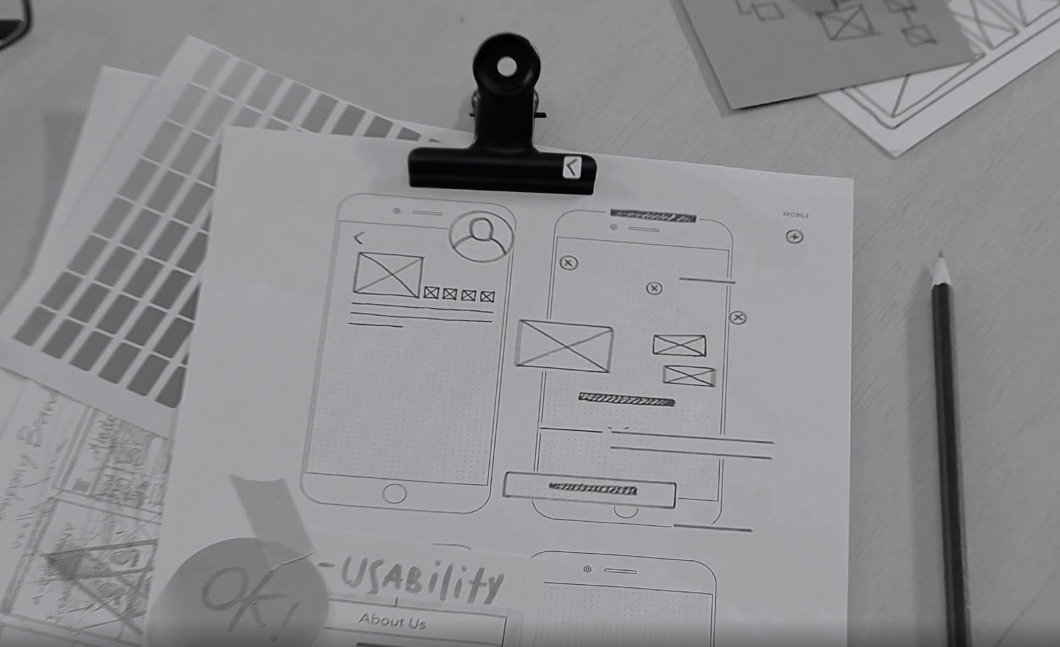Have you ever been in a situation where you wished you could get a simplified list of Google Drive files and folders in a Google Sheet?
If you’re working as a graphic designer or web developer, chances are you’ve probably gone through that occasion where you needed to juggle through multiples files and folders just to get the file you want.
Google Drive’s built-in file explorer isn’t that intuitive enough. Rummaging through hundreds of files can be too overwhelming, to say the least. Well right now, not anymore!
How To List All Google Drive Files & Folders in Google Sheet
Meet Drive Explorer, it’s a tiny little add-on for Google Sheet that lets you export all (or selected) files and folders into a much readable spreadsheet format.
Drive Explorer (formerly Drive Direct Links) lets you pick folders/files from your Google Drive, Shared Drive or the files shared with you to export to the Google Sheet. Sheet columns contain metadata of the files like name of the file, containing folder, folder path on your Google drive, direct download link, etc.
How Drive Explorer works:
- You install the add-on and connect your Google account
- Once connected, go to your Driver folder and create a spreadsheet
- Inside your spreadsheet toolbar, click on Add-ons > Drive Explorer > Select files/folder.
- And finally, wait for a few seconds until your spreadsheet is automatically refreshed containing your files/folders’ meta info such as folder names, filenames, folder paths, links, etc.
When is it useful?
Being able to view your Google Drive files and folders in a list helps us save time and improve team collaboration. If you own an online store and works with VAs to manage inventories, this add-on definitely comes in handy.
In our day job, for instance, we constantly update images on our client’s websites. And our clients usually just share a large Drive folder containing all the images that need to be uploaded to their website. With Drive Explorer, we can now easily get a decent list of files in that shared folder so our team can easily collaborate rather than going back and forth on Google Drive.




























